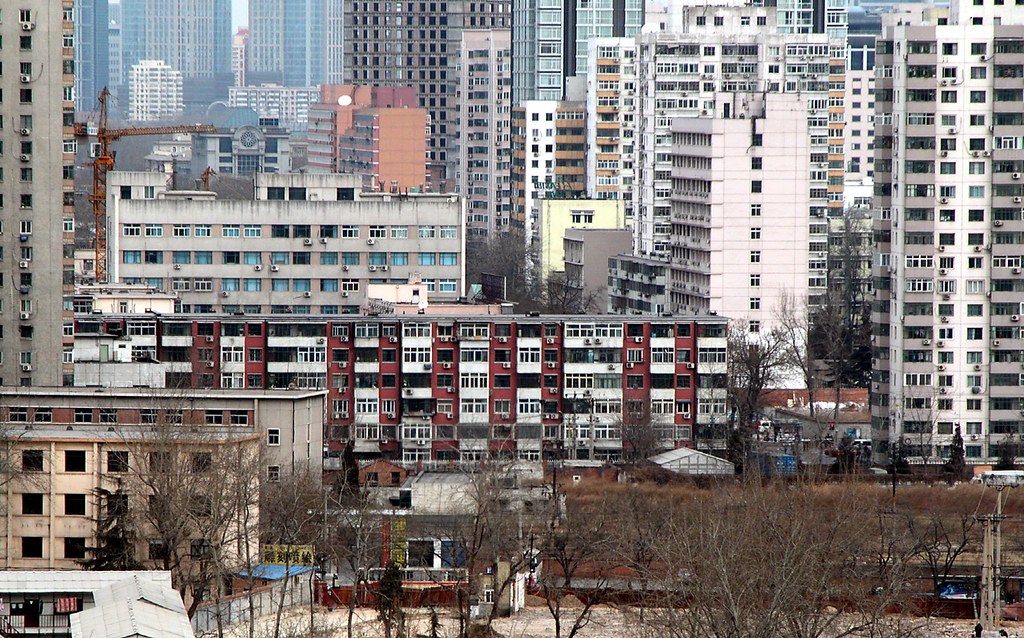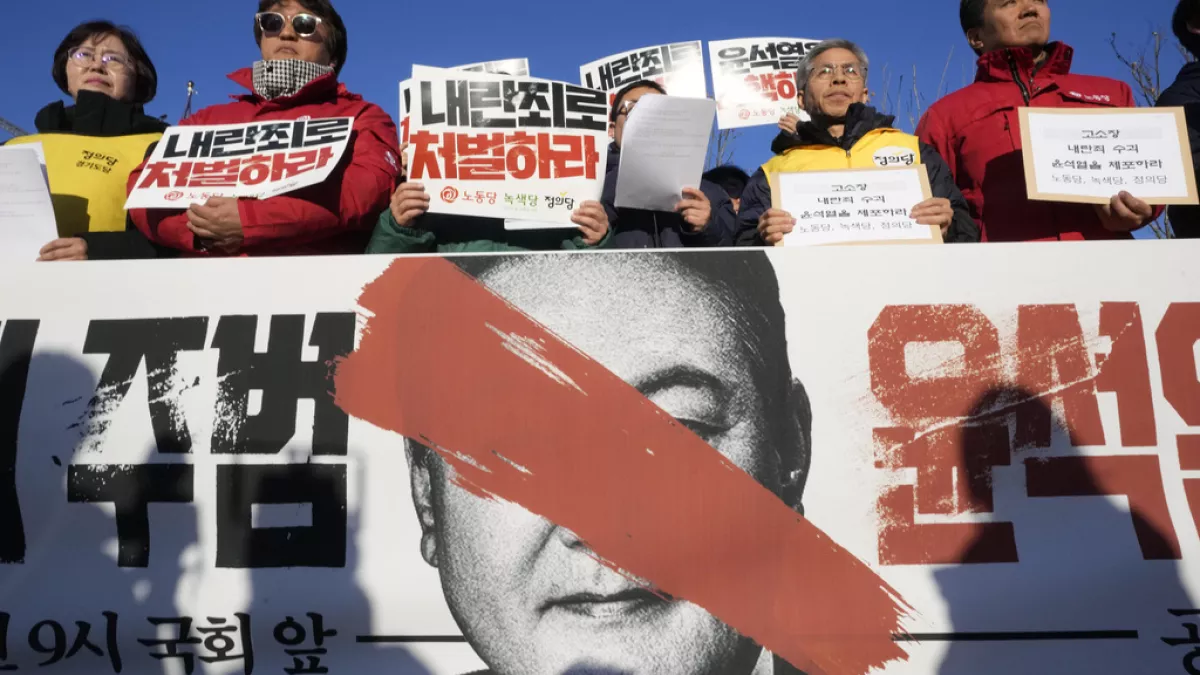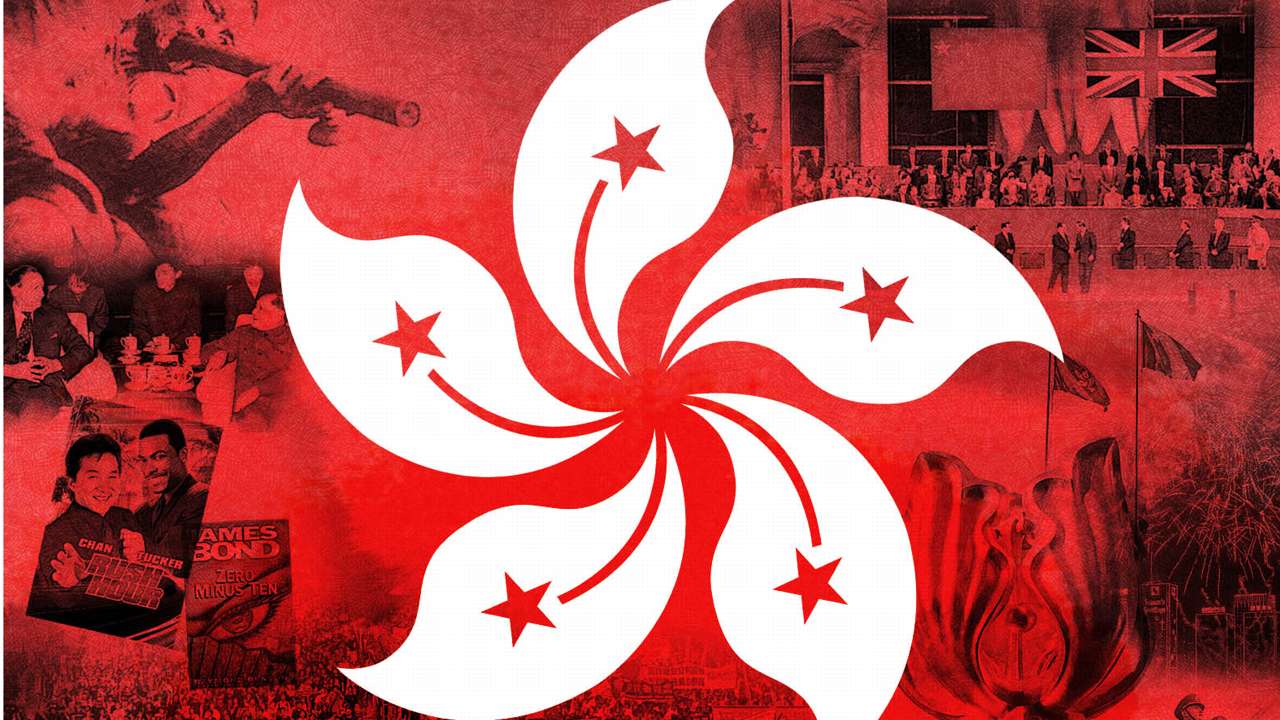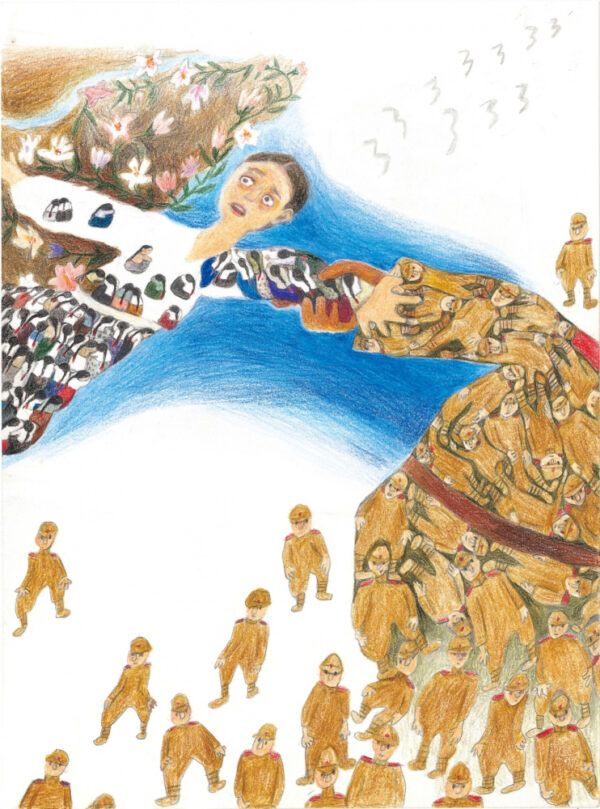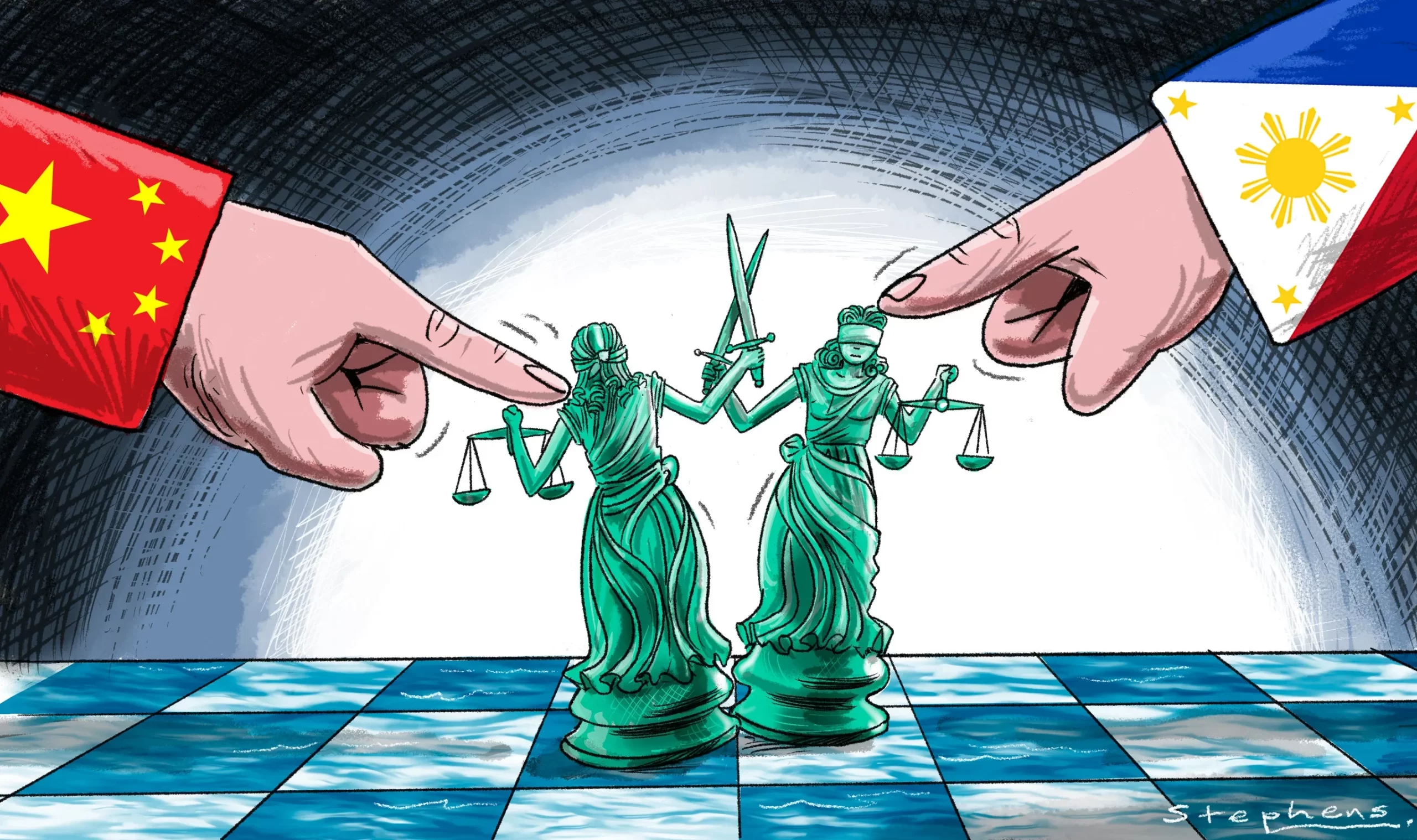China’s hukou system was established in the 1950s to regulate population mobility and resource allocation but has since evolved into a mechanism for institutionalizing social stratification.[1] The hukou system links individuals’ access to education, health care, and employment opportunities to their place of birth, thereby exacerbating economic and social inequality, especially for rural migrants working in urban centers. Although these migrants have made significant contributions to China’s economic growth, they remain excluded from key public services, limiting their social mobility and deepening the urban-rural gap.[2] While recent policy reforms have aimed to relax these restrictions, these reforms remain selective and disproportionately benefit high-skilled migrants, failing to address structural inequality.[3] The following article will analyze how the hukou system exacerbates inequality through educational exclusion, labor market discrimination, and wage gaps, and argue that meaningful reform is essential for China’s long-term economic and social stability.
Education and Employment Gap under the Hukou System
It is undeniable that the hukou system institutionalized inequality, effectively dividing China’s population into two distinct classes (rural residents and urban residents). Rural hukou holders migrate to cities for better job opportunities and living conditions, but they are still largely excluded from the benefits urban residents enjoy.[4] The system restricts migrants’ access to quality education, job security, and upward mobility, thereby exacerbating their marginalized social status.
One of the most direct consequences of hukou exclusion is educational inequality. Rural migrant children are often unable to attend public schools in urban cities, forcing them to either return to their rural hometowns or attend underfunded and poorly managed rural schools.[5] Moreover, due to bureaucratic barriers and a lack of central government investment, rural schools are at a worse disadvantage than urban schools regarding funding and teachers.[6]
Such barriers to education exacerbate intergenerational inequality among rural people, as a lack of higher education often means it is more difficult for them to obtain high-paying jobs.[7] Further, research illustrates that even after controlling for academic performance, rural hukou holders have significantly lower education returns than their urban peers.[8] Thus the resulting gap in education levels limits long-term economic mobility and exacerbates the systematic exclusion of rural migrants.
The hukou system also affects the labor market, meaning that rural residents face persistent wage gaps once they find a job. Studies consistently find that rural migrants earn less than urban hukou holders, even after accounting for education and experience.[9] This wage gap reveals potential employer discrimination, as rural workers are seen as “outsiders” due to their hukou status often used as a criterion for determining wages and career advancement.[10]
More importantly, rural migrants are overrepresented in informal and low-wage sectors such as construction, manufacturing, and domestic work, with higher competition and weakened labor protection.[11] Meanwhile, without urban hukou, these workers are unable to enjoy social security programs such as pensions, unemployment benefits, and medical insurance. Therefore, they are more vulnerable to economic downturns than urban populations.
The Macroeconomic and Social Implications of Hukou Discrimination
The restrictive policies of the hukou system not only affect individual rural residents, but also generally suppress labor mobility, regional consumption, and economic productivity, even threatening national economic sustainability and social cohesion. A significant macroeconomic impact of hukou discrimination is its role in labor mismatch. The hukou system creates a dualistic urban society where non-hukou migrants are largely confined to low-skilled, temporary jobs, while hukou migrants enjoy access to stable, higher-paying employment in the state sector.[12] This institutionalized discrimination limits the economic mobility of rural migrants, contributing to persistent wage gaps and underutilization of labor resources.
In addition, the hukou system suppresses domestic consumption, which is an increasingly important driver of China’s economic growth. With limited access to social welfare and housing subsidies, rural migrants tend to save more and spend less, thereby reducing urban demand for goods and services.[13] This dampens consumer spending, which is essential for China’s transition to a consumption-driven economy. Moreover, the system exacerbates rural-urban economic and consumption disparities, as the massive loss of migrants creates an uneven distribution of labor between rural and urban areas and between coastal and inland areas.[14]
At the social level, hukou-based exclusion exacerbates social instability and class tensions. The continued marginalization of migrant workers has led to growing discontent and labor unrest, as well as protests over wages, housing, and discrimination.[15] Without meaningful reform, these tensions may undermine China’s social cohesion and pose risks to long-term political and economic stability.
Hukou Reform: Symbolic or Substantive?
Recent reforms in urban cities such as Shanghai and Chongqing aim to relax hukou restrictions. However, these policies still primarily benefit high-income and highly educated migrants, as residency eligibility is often associated with urban housing ownership.[16] For example, Shanghai’s point-based system for granting hukou based on income level and education disproportionately favors wealthier applicants.[17] These restrictions and difficulties have led some rural migrants to retain their hukou as a “safety net” to return to their places of origin, for fear that the loss of rural welfare will outweigh the urban gains.[18] Obviously, these selective reforms have failed to address the structural inequalities in the hukou system.
Therefore, policymakers must go beyond selective reforms and adopt more comprehensive national strategy. Key policy recommendations include:
- Expanding tiered residence reforms: Instead of immediately liberalizing hukou and increasing fiscal pressure, gradually implement social benefits. Gradually grant migrants access to social services based on their length of residence, employment records, and tax contributions.
- Provincial hukou reform pilot projects: Provinces experiment with local hukou reforms based on their labor market needs and fiscal capacity.[19] Successful models for skilled and semi-skilled workers can be replicated nationwide.
- Providing affordable public housing: High housing costs are a significant barrier to obtaining urban hukou.[20] The government should consider developing low-cost rental housing projects for rural migrants such as transforming underutilized industrial areas and suburban land into affordable housing complexes.
Conclusion
In general, the hukou system remains a primary barrier to social mobility for rural populations, exacerbating educational, economic, and labor inequalities. To maintain economic sustainability and urban integration, China must replace its selective hukou policy with more comprehensive structural reforms so that all citizens—regardless of their place of birth—can fully participate in China’s economic and social development. Only by eliminating discrimination based on hukou can China move towards a more inclusive and equitable society.
Qingyi Huang is a third-year undergraduate at the University of Toronto, specializing in Political Science and International Relations. Her research focuses on political and economic developments in East Asia, particularly how governance models and historical legacies shape social issues such as inequality and labor rights. As a research member at the Munk School China Governance Lab, Qingyi has contributed to projects on Chinese governance, economic conflicts, and authoritarianism. Through Synergy, she looks forward to providing valuable perspectives on regional dynamics in East Asia.
Bibliography
Afridi, Farzana, Sherry Xin Li, and Yufei Ren. 2015. “Social Identity and Inequality: The Impact of China’s Hukou System.” Journal of Public Economics 123: 17–29. https://doi.org/10.1016/j.jpubeco.2014.12.011.
Chan, Kam Wing, Ta Liu, and Yunyan Yang. 1999. “Hukou and Non-Hukou Migrations in China: Comparisons and Contrasts.” International Journal of Population Geography 5 (6): 425–48. https://doi.org/10.1002/(SICI)1099-1220(199911/12)5:6<425::AID-IJPG158>3.0.CO;2-8.
Chen, Yen-Hsin, and T. David Mason. 2023. “To Protest or Not to Protest? Migrant Workers’ Participation in Protests in China.” Japanese Journal of Political Science 24 (2): 230–48. https://doi.org/10.1017/S146810992200041X.
Cheng, Tiejun, and Mark Selden. 1994. “The Origins and Social Consequences of China’s Hukou System.” The China Quarterly 139: 644–68. https://doi.org/10.1017/S0305741000043083.
Fu, Qiang, and Qiang Ren. 2010. “Educational Inequality under China’s Rural-Urban Divide: The Hukou System and Return to Education.” Environment and Planning A 42 (3): 592–610. https://doi.org/10.1068/a42101.
Hu, Weijie. 2023. “Why Did Chongqing’s Recent Hukou Reform Fail? A Chinese Migrant Workers’ Perspective.” Urban Geography 44 (8): 1833–42. https://doi.org/10.1080/02723638.2022.2125667.
Ma, Xinxin, Yalan Li, and Ichiro Iwasaki. 2024. “The Hukou System and Wage Gap between Urban and Rural Migrant Workers in China: A Meta‐analysis.” Economics of Transition and Institutional Change 32 (4): 1105–36. https://doi.org/10.1111/ecot.12412.
Mu, Xiaoyan, Anthony Gar-On Yeh, Xiaohu Zhang, Jiejing Wang, and Jian Lin. 2022. “Moving down the Urban Hierarchy: Turning Point of China’s Internal Migration Caused by Age Structure and Hukou System.” Urban Studies 59 (7): 1389–1405. https://doi.org/10.1177/00420980211007796.
Wu, Xiaogang, and Donald J. Treiman. 2007. “Inequality and Equality under Chinese Socialism: The Hukou System and Intergenerational Occupational Mobility.” The American Journal of Sociology 113 (2): 415–45. https://doi.org/10.1086/518905.
Zhang, Wenjie, Xianqiang Zou, Chuliang Luo, and Lulu Yuan. 2024. “Hukou Reform and Labor Market Outcomes of Urban Natives in China.” Journal of Population Economics 37 (2): 1–41. https://doi.org/10.1007/s00148-024-01027-6.
- Tiejun Cheng and Mark Selden, “The Origins and Social Consequences of China’s Hukou System,” The China Quarterly 139 (1994): 644. ↑
- Xiaogang Wu and Donald J. Treiman, “Inequality and Equality under Chinese Socialism: The Hukou System and Intergenerational Occupational Mobility,” The American Journal of Sociology 113, no. 2 (2007): 441. ↑
- Ibid., 442. ↑
- Wenjie Zhang et al., “Hukou Reform and Labor Market Outcomes of Urban Natives in China,” Journal of Population Economics 37, no. 2 (2024): 5. ↑
- Fu, Qiang, and Qiang Ren. 2010. “Educational Inequality under China’s Rural–Urban Divide: The Hukou System and Return to Education.” Environment and Planning. A 42 (3): 595. ↑
- Ibid. ↑
- Wu and Treiman, “Inequality and Equality under Chinese Socialism,” 430. ↑
- Fu and Ren, “Educational Inequality under China’s Rural–Urban Divide,” 605. ↑
- Xinxin Ma, Yalan Li, and Ichiro Iwasaki, “The Hukou System and Wage Gap between Urban and Rural Migrant Workers in China: A Meta‐analysis,” Economics of Transition and Institutional Change 32, no. 4 (2024): 1109. ↑
- Farzana Afridi, Sherry Xin Li, and Yufei Ren, “Social Identity and Inequality: The Impact of China’s Hukou System,” Journal of Public Economics 123 (2015): 18. ↑
- Zhang et al., “Hukou Reform and Labor Market Outcomes,” 18. ↑
- Kam Wing Chan, Ta Liu, and Yunyan Yang, “Hukou and Non-Hukou Migrations in China: Comparisons and Contrasts,” International Journal of Population Geography 5, no. 6 (1999): 428. ↑
- Afridi, Li, and Ren, “Social Identity and Inequality,” 19. ↑
- Xiaoyan Mu et al., “Moving down the Urban Hierarchy: Turning Point of China’s Internal Migration Caused by Age Structure and Hukou System,” Urban Studies (Edinburgh, Scotland) 59, no. 7 (2022): 1402. ↑
- Yen-Hsin Chen and T. David Mason, “To Protest or Not to Protest? Migrant Workers’ Participation in Protests in China,” Japanese Journal of Political Science 24, no. 2 (2023): 232. ↑
- Mu et al., “Moving down the Urban Hierarchy,” 1393. ↑
- Ibid., 1402. ↑
- Weijie Hu, “Why Did Chongqing’s Recent Hukou Reform Fail? A Chinese Migrant Workers’ Perspective,” Urban Geography 44, no. 8 (2023): 1839. ↑
- Ma, Li, and Iwasaki, “The Hukou System and Wage Gap,” 1129. ↑
- Mu et al., “Moving down the Urban Hierarchy,” 1393. ↑


